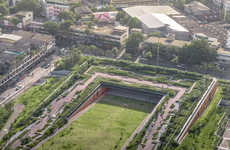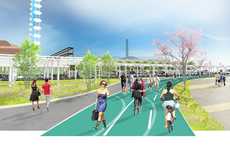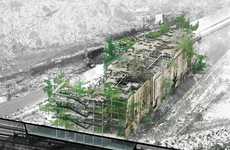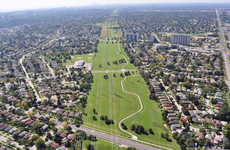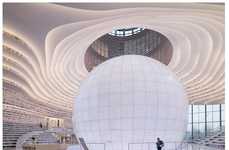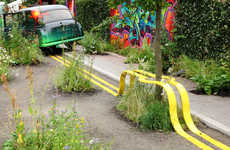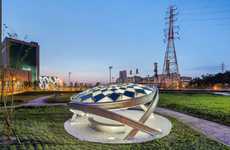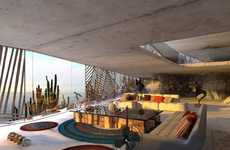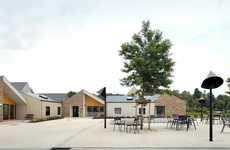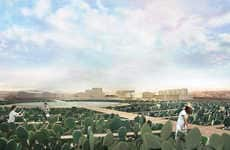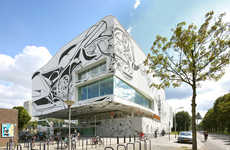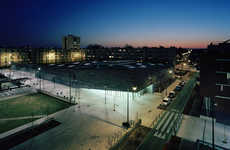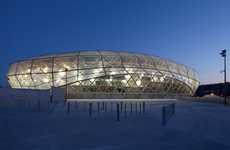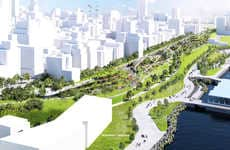
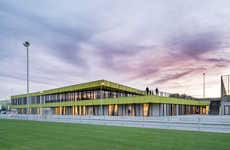
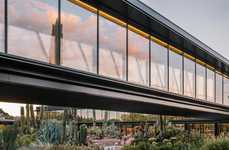

Major cities adopt highway-side, or topping, park spaces to enhance community
Trend - The growing push for expanded green spaces in urban areas has resulted in their growing adaptation into or alongside highways. The accommodation of green spaces in these formats reveals how institutions can repurpose spaces in order to meet the need for creating environmentally safe living environments.
Insight - The rapid growth of city centers around the world offers economic boosts to economies, but can have an impact on the physical and mental well-being of residents. Between traffic, competitive careers, pollution and population density--people in cities around the world are experiencing mental and physical consequences. To counter such effects, the adoption of social and ecological urban design initiatives are crucial to collective health.
Insight - The rapid growth of city centers around the world offers economic boosts to economies, but can have an impact on the physical and mental well-being of residents. Between traffic, competitive careers, pollution and population density--people in cities around the world are experiencing mental and physical consequences. To counter such effects, the adoption of social and ecological urban design initiatives are crucial to collective health.
Workshop Question - How could your brand push for environmental safety?
Trend Themes
1. Highway-side Parks - Urban green spaces are repurposed alongside highways to create environmentally safe living environments.
2. Social and Ecological Urban Design - Urban designers adopt social and ecological urban design initiatives to counter the physical and mental consequences of a rapidly growing city.
3. Highway Park Concepts - Designers propose highway parks to add recreational areas in city centers and bring an interlaced history back to life.
Industry Implications
1. Architecture and Urban Design - Professionals in architecture and urban design are most likely to benefit from these trends as they creatively design green spaces alongside highways and create a sustainable living environment.
2. Tourism and Hospitality - Tourism and hospitality sectors can acknowledge the importance of accommodating environments that offer visitors a means to take a detour from the daily urban life and engage in recreational activities within a natural atmosphere.
3. Community Development and Real Estate - Community development and real estate sectors can leverage these initiatives as an opportunity to foster a greater sense of community in city spaces and develop housing in proximity to recreational grounds.
4 Featured, 36 Examples:
130,333 Total Clicks
Date Range:
Jan 17 — Apr 19
Trending:
Mild
Consumer Insight Topics:

